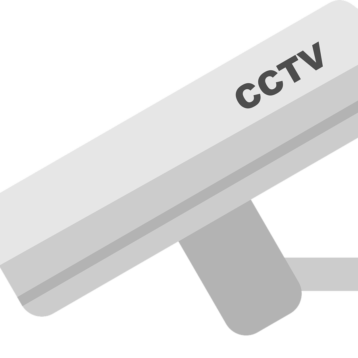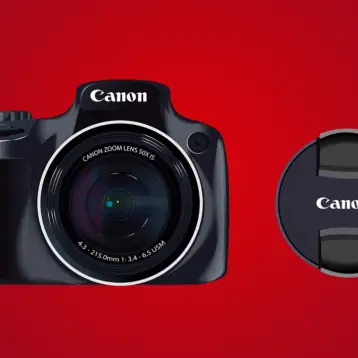The right talent must be hired and preserved in the highly competitive business environment. The Workforce Learning Report from LinkedIn indicates that 94% of workers say they would stay at a business longer if organizations and their leadership decided to invest in their careers and professional growth.

Businesses can guarantee that employees will grow personally and professionally and remain with a company for a long time by investing in unique training resources.
In light of this, training programs evolved, and video-based learning has developed into a successful technique.
The main strategies for enhancing training and driving outcomes through video-based learning are discussed in this article. However, before discussing the methods, it is crucial to understand what video-based learning is and why it is necessary. Let’s get started.
What Is Video-Based Learning?
Video-based learning is the term given to instructional methods that use videos. Videos can incorporate motion pictures, visual effects, graphic elements, text, and audio.
It is common for video-based learning to absorb different types of online learning preferences and modalities quickly. Videos provide an opportunity to target a learner’s visual and auditory senses, thus offering an experience unmatched by any other eLearning format.
There are many benefits of using video in workplace training, including elevated learner retention rates. Let’s examine other benefits of video-based learning as a tool below.
The Need For Video-Based Learning
What makes video-based learning so much more effective than conventional training methods? There isn’t a surprise here. Today people are extremely busy and frequently are short of time to scroll through mountains of instruction manuals and papers. The video is there to help; employees can watch it, understand the concept quickly, and do so anywhere and at a time they find the most convenient.
Videos also allow employees to review the information several times. Employees can watch relevant videos as often as necessary to help them absorb new information or recall courses they have already completed.
It is impossible to watch a live lecture again or skip to a section you didn’t understand in the first go in a traditional setting. However, video-based learning allows you to return to the portions with which you need more help.
Furthermore, video-based learning in corporate culture facilitates learning and promotes employee growth and development.
How To Use Video-Based Learning To Drive Better Learning Outcomes
Video-based learning solutions can profoundly benefit the employee’s minds if adequate tools and technologies are used and incorporated.
Learning new ideas and acquiring new skills through video-based instruction has been proven to be successful. Here are a few tips you can consider for enhancing learning outcomes through video-based learning.
Using Videos To Make Difficult Ideas And Concepts Easier
Videos offer information engagingly and interactively. Video-based learning captivates viewers and keeps them engaged into watching all the way through, helping improve knowledge retention and learning.
With videos, it is simple to convey detailed information on complex concepts without creating confusion.
Additionally, videos are a flexible learning format. Training videos can be produced in various styles, including whiteboard, animation, live-action, talking heads, etc. Videos help you enormously to communicate complex information as clearly as possible.
Learning Is Accelerated By Using Videos That Forge Real-Life Connections
If you are familiar with your audience and are fluent in their language, you can communicate with them effectively.
Before you start developing the videos, you can also solicit ideas and recommendations from the learners. Employees are more likely to connect with the content and learn from watching videos based on their real-life experiences and preferences.
Using Shorter Videos To Boost Learning
If you anticipate having your employees watch lengthy training videos, it’s best to cut them short. Furthermore, even if they are watching those videos, there is a good chance they will hardly remember what they learned.
Videos should ideally be between 5 and 6 minutes long to promote learning and growth. Employers with low attention spans will benefit from shorter videos, which are perfect for microlearning. Microlearning is the practice of taking in information in small doses, and it improves retention.
Using Videos With Subtitles And Captions
Utilizing videos with captions and subtitles is crucial. Your videos should be made so that viewers can also watch them without the audio if needed and follow along.
Videos must be formatted appropriately with headings, subheadings, highlights, and descriptions. Annotated videos are more effective because they can direct the employees’ focus to specific screen areas. This grabs the employees’ attention, drives learning, and promotes growth.
Incorporating Real-World Exercises With The Videos To Reinforce Learning
Both testing and applying what employees have learned are essential requirements. Combining video-based learning with real-world, on-the-job training and assessments like quizzes or flashcards can help complete the training process.
Additionally, you can produce on-demand online training materials like videos or workbooks for your employees.
Using Videos With A Plain, Uncluttered Visual Style
The temptation to freshen up the video with many visual effects can be strong, but the employees might find them ineffective. A video with a simple, minimalist design aesthetic can keep viewers’ interest for longer. It encourages, enhances, and supports learning and understanding.
Bottom Line
Employees can learn more effectively and with greater flexibility thanks to video-based learning. Your employees will learn more effectively if you use videos in your training materials because they can watch them in their available time.
Video-based learning is enjoyable compared to in-person learning, which many may find dull and passive. Additionally, combining audio, graphics, visual effects, and images helps learners understand and retain complex information.
According to research, people retain 50% of the knowledge they had managed to learn from what they see and hear as opposed to only 20% of the ability they had learned from audio-only content. As a result, including and using videos in employee training will improve learning outcomes and guarantee that your workforce is better trained and skilled.










